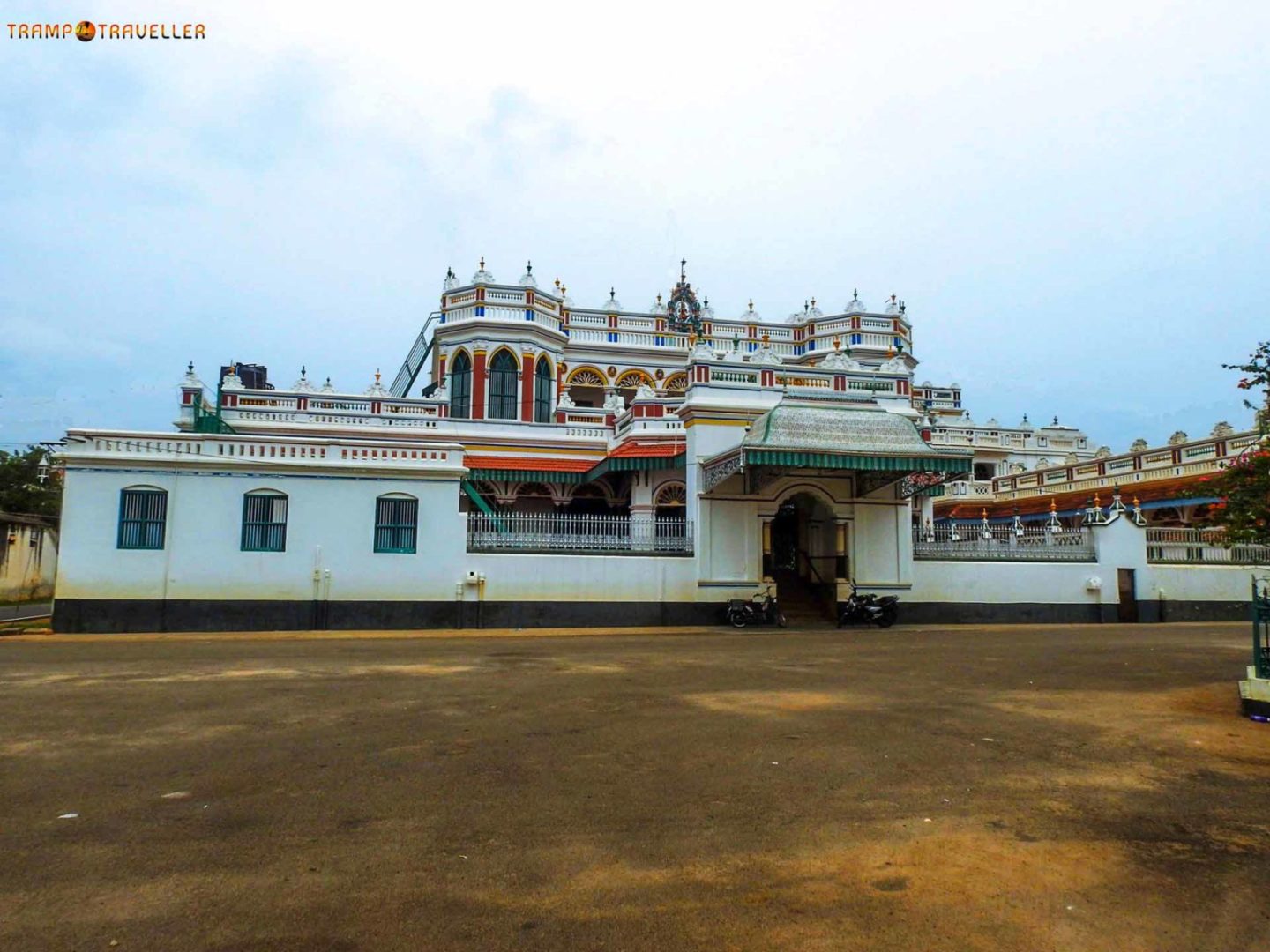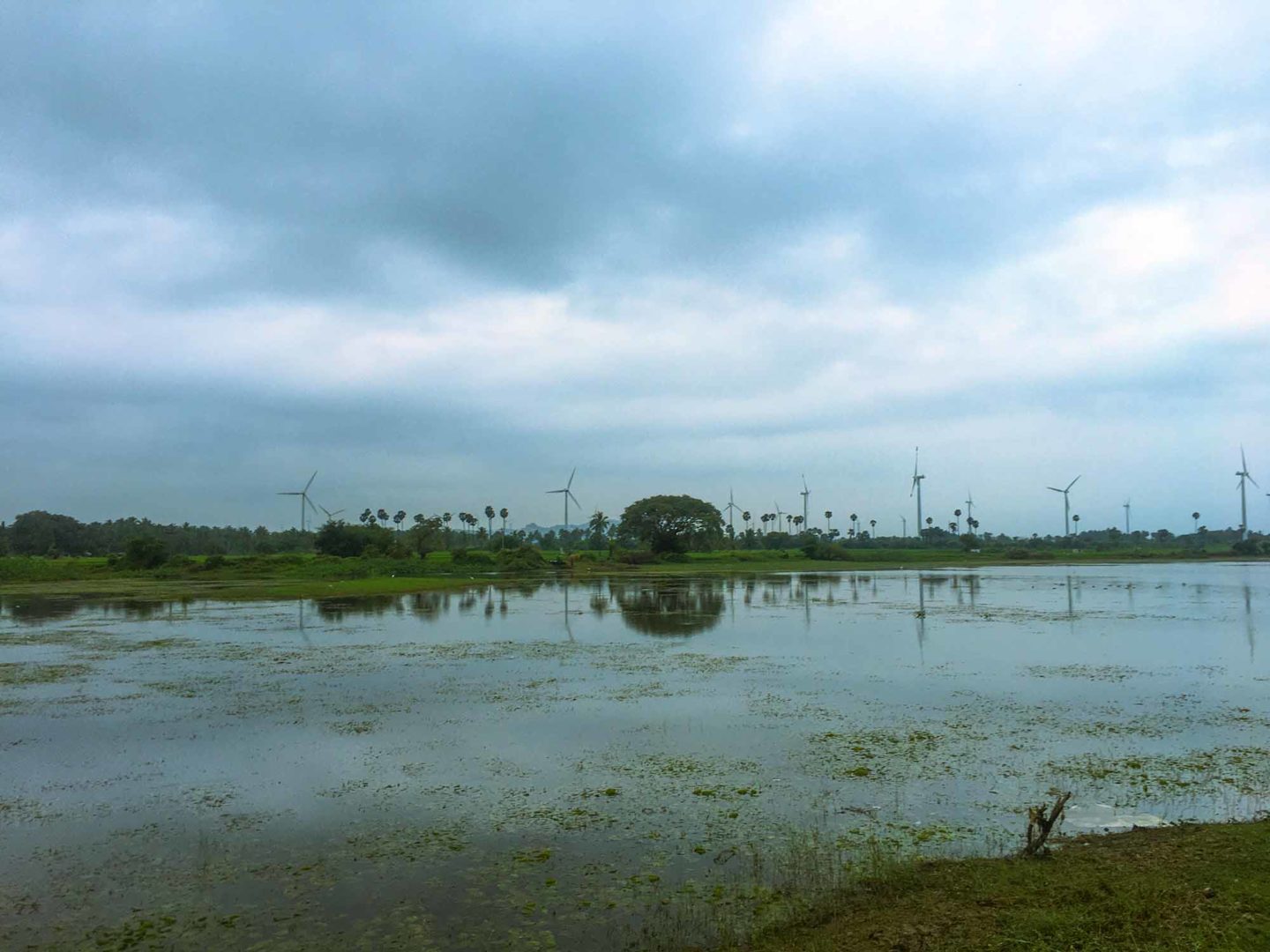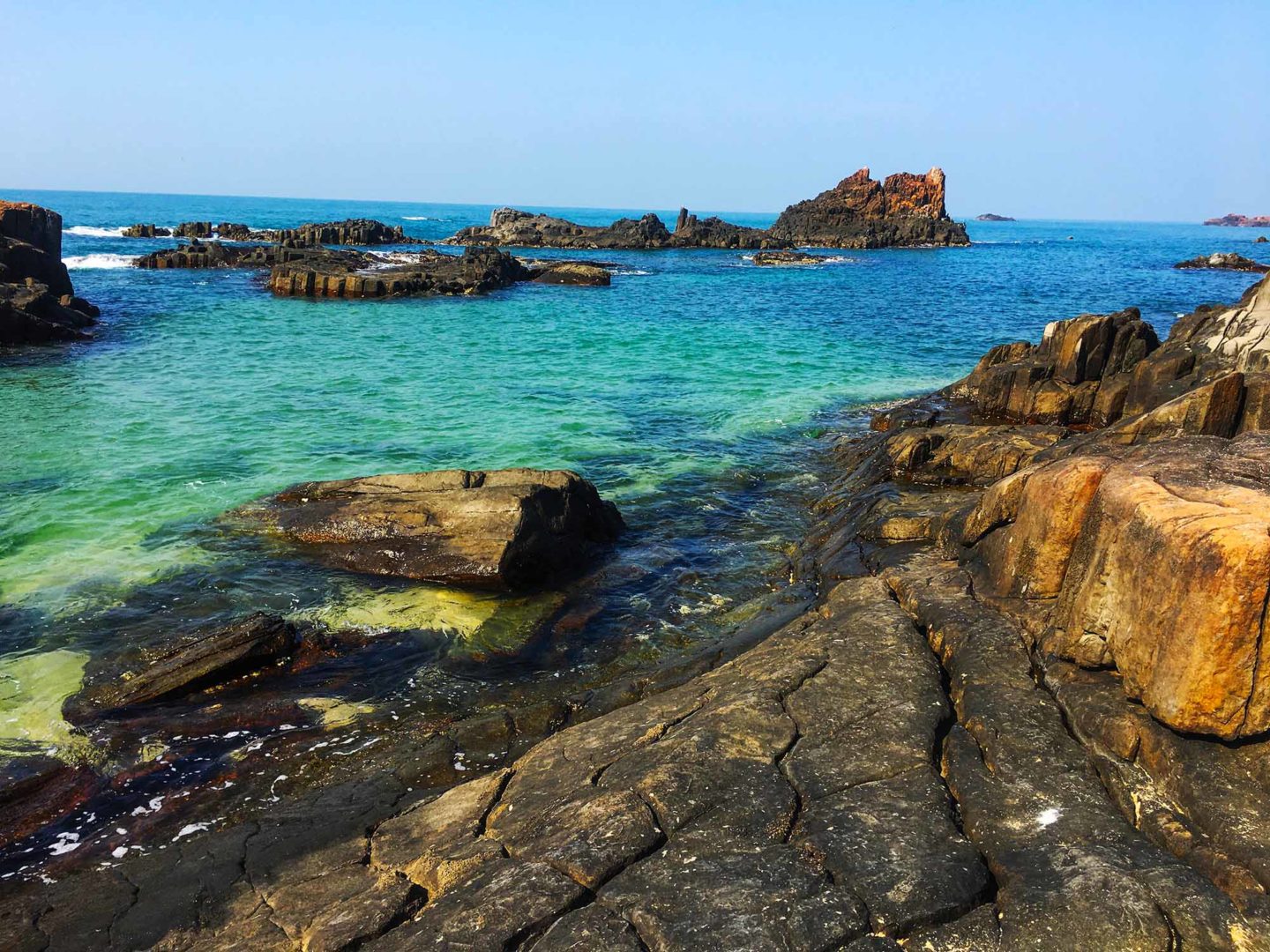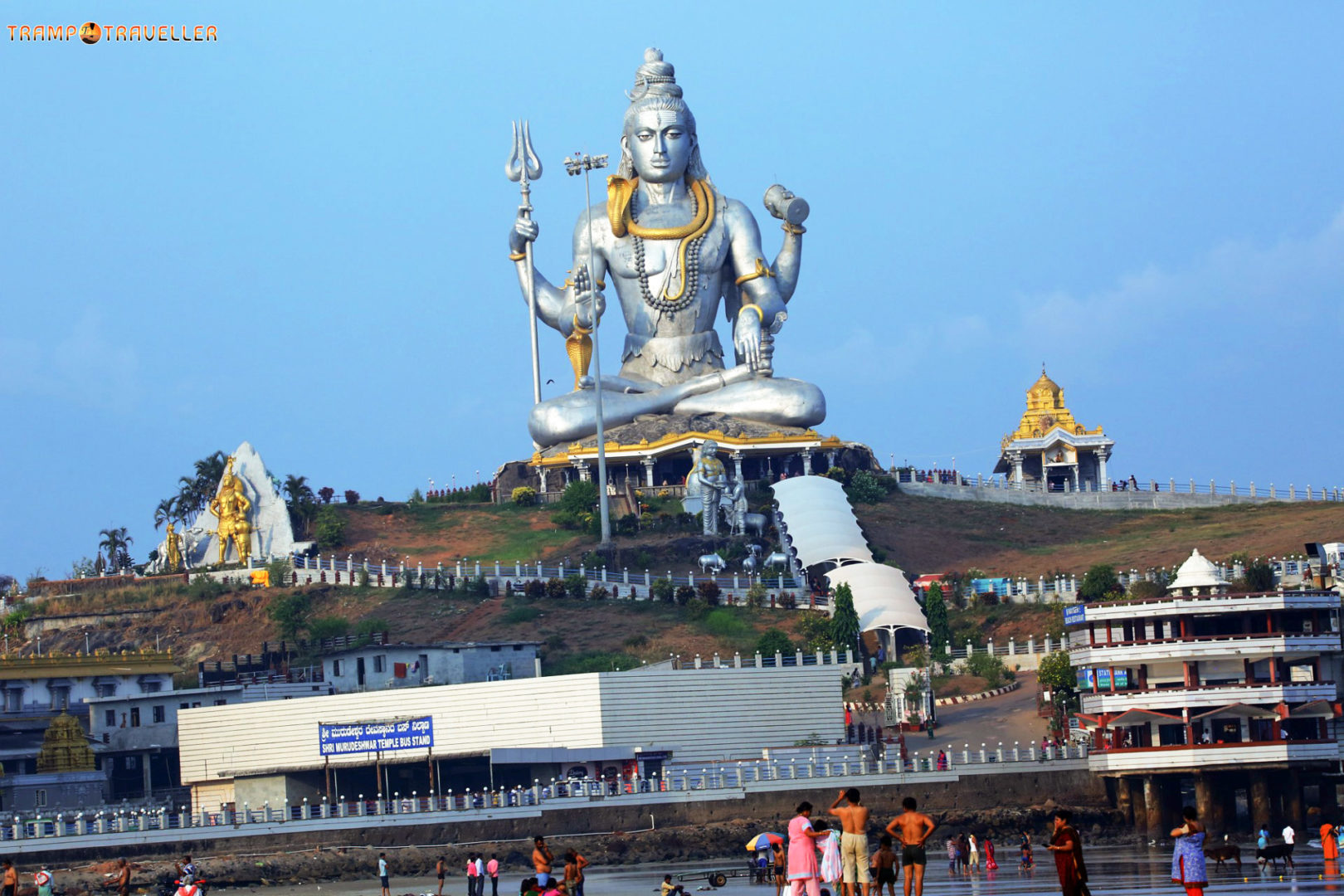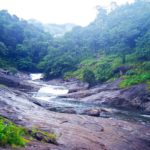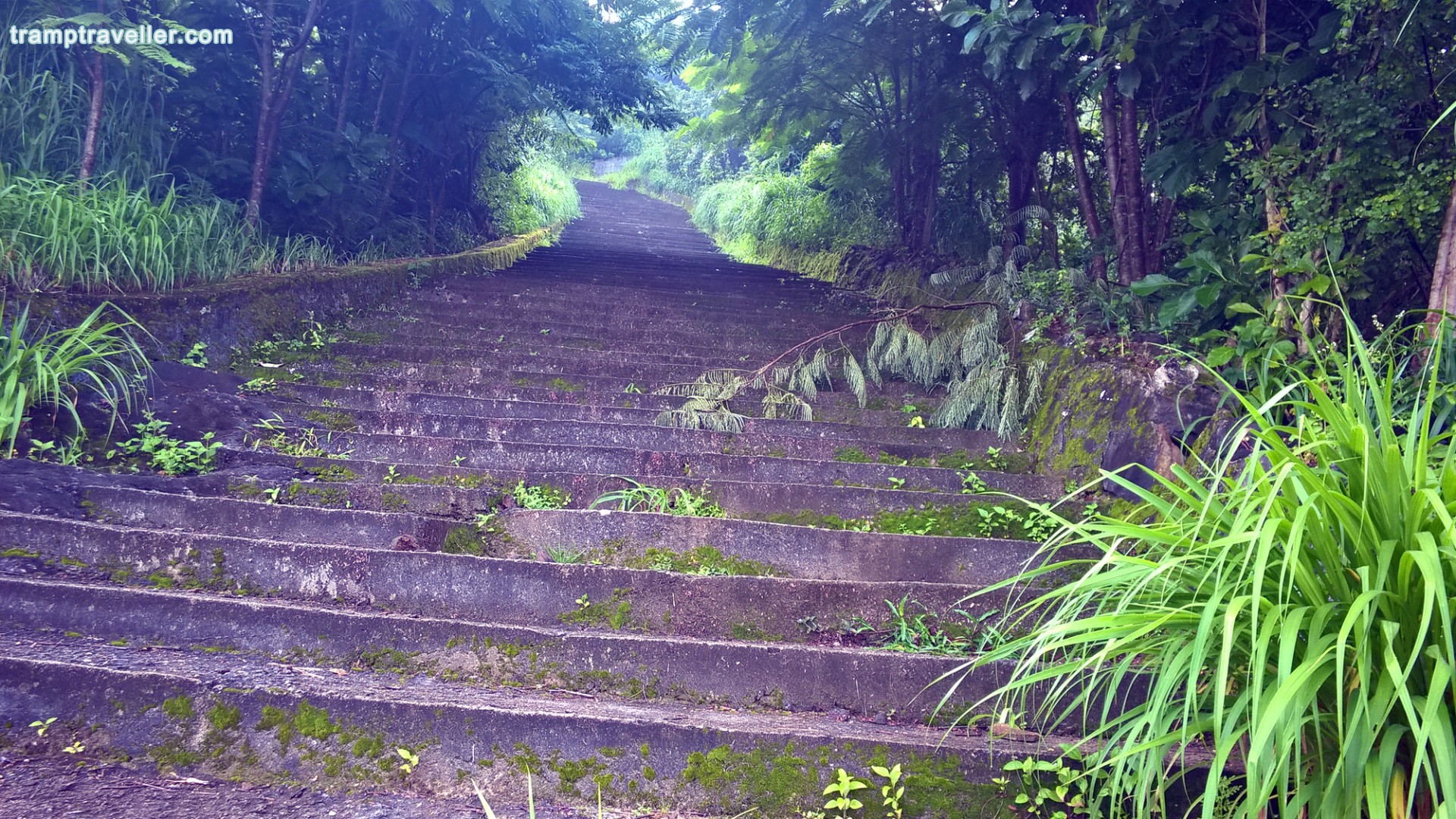The Mangrove Forests of Cuddalore

Pichavaram is one of the largest mangrove forests in India. The distance to Pichavaram from the spectacular Nataraja Temple in Chidambaram is 22 km. An article on Chidambaram Nataraja Temple has already been posted in the travelogue titled ‘Ananda Nadanam Aadinan.’ Pichavaram is a village near Chidambaram in the Cuddalore District of Tamil Nadu. I enjoyed the beautiful village scenery while reaching Pichavaram with the help of Google. I enquired at the ticket counter about the ticket charges for boating to the mangrove forests. Here, boating facilities are available from 7.00 am to 7.00 pm every day in a week. The ticket charge for motorboat for 40 minutes is Rs. 900 and for 1 hour, it is Rs. 1300. For rowboat, the charge is Rs. 130 for 1 hour and Rs. 460 for 2 hours. I booked a motorboat for 1 hour. Rowboat will be the best if time is sufficient enough.

The mangrove forests are full of birds. They fly off on hearing the sound of the motorboat. I walked to the boat jetty along with the driver who carried a life jacket. The lake is a large one. I could see different types of boats in the jetty. Today, I am the first passenger. The boat started its journey. There were lots of people catching fishes in the lake. Past them, the boat neared my destination. Pichavaram Mangrove Forest is one of the largest mangrove forests in India and extends over an area of 1100 hectares. The view of roots arching as high as the height of a man, over the water and the green mangals on top of them resembling an open umbrella is really enchanting.

The boat continued to move forward. Shortly, it went inside a large entrance made of roots, which looked like the mouth of a cave. I felt like I am inside a fort. Those who don’t know the way will definitely get trapped inside. The boat advanced slowly through the winding waterway. As we moved on, the way became so narrow that the boat could hardly get on. Sometimes, the roots had to be separated to make way. A feeling of being cornered started to creep into my mind. At times, the overhanging branches patted my head and body. The streaks of colors generated by the sunrays, the singing of birds, I felt like I’m in another world. After a short while, we got out through an exit. I experienced the soothing effect in seeing the vast world outside had on me.

In addition to the native birds, the chirping sounds of migratory birds including Snipes, Cormorants, Egrets, Herons, Spoonbills, Storks, and Pelican make the atmosphere of the mangrove forest clamorous. Around 177 bird species have been recorded to be present in these mangals. The apt time for bird watching is from the month of November till the month of February. These mangroves have more than 50 islands and 4,400 canals, all of different sizes. Apart from the ultimate beauty of the mangrove forests, facilities for bird watching, and the suitability of the place for photography, there are other means of entertainment also, such as kayaking, boating, fishing, canoeing, and rowing in the backwaters surrounding the mangals.

After the 1-hour trip, the boat reached the jetty. The time was 11.30. I had a lemon juice and started for the Silver Beach which is 58 km away. My actual plan was not to go to the beach, but to visit the Fort St. David which is very close to the beach, so I could kill two birds with one stone. I arrived at the beach at around 1.00 pm. It was so hot and sunny that the white sand appeared to sparkle in the heat of the sun. There is a watchtower and a century-old light house on the coast. The Silver Beach is situated at a distance of just 2 km from the Cuddalore City and is the longest beach in Asia. I took some photos standing in the shade of the watchtower and then walked towards the nearby Fort St. David. It is only a walkable distance to the fort. I was shocked to see the sorry state of the fort. There were the damaged walls within which a few dilapidated buildings could be seen overgrown with grass.

This fort which was built in the 1660-70 period is a true historical monument. That is what is lying decayed in front of my eyes. The fort has seen several battles and had been in the possession of many rulers who won the battles. It came under the control of the Marathas in 1677 when the Maratha King, Shivaji captured the Gingee Fort. Fort St. David then fell into the hands of the British in 1690 and subsequently the French in 1758. In 1785, this fort was recaptured by the British who later abandoned it. The fort had great fame historically as well as architecture wise, but at present, its condition is pathetic. I walked back to my car in despair of having had to travel a long distance just to see this famous historic site in ruins.


